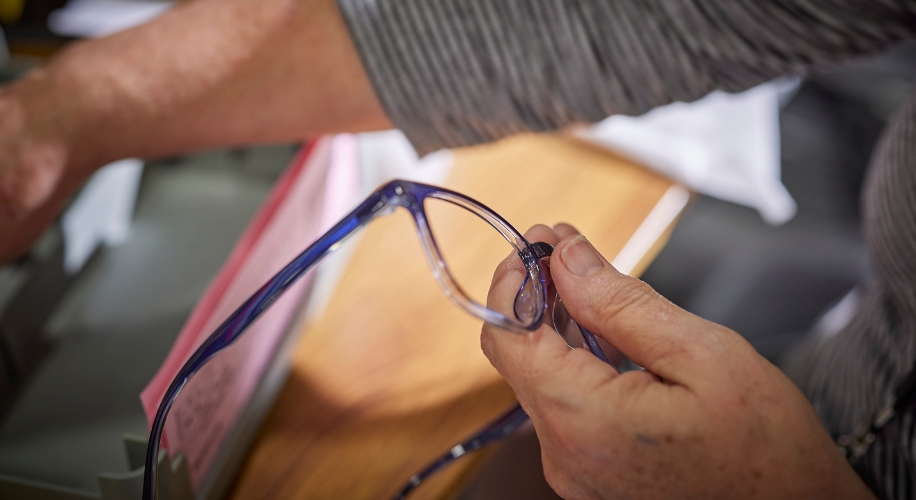Navigating Nighttime with Astigmatism: Tips and Insights

Photo by Burak The Weekender
Astigmatism often becomes more evident at night. This condition is characterized by an irregularly shaped cornea or lens in the eye, which causes light to refract unevenly and leads to blurry or distorted vision. When darkness falls, our pupils dilate to let in more light. If you have astigmatism, this can exacerbate issues with light refraction, making it more difficult to see clearly.
Understanding Astigmatism
Before we delve into coping strategies, it’s crucial to have a firm grasp of the condition itself. Astigmatism isn’t a disease – it’s a common refractive error, much like nearsightedness or farsightedness. It occurs when your cornea or lens doesn’t have a perfectly round shape, which causes light to hit your retina at multiple points instead of just one. This results in blurry, distorted, or double vision. You can read more about astigmatism and its causes here.
Why Astigmatism Affects Night Vision
During the day, our pupils are small, and only a small part of the lens or cornea is used to focus light. At night, however, our pupils dilate, or widen, to let in more light and improve our ability to see. If you have astigmatism, this dilation means more of your irregularly shaped lens or cornea is used to focus light, often leading to increased distortion or blurriness. This can make nighttime tasks like driving especially challenging, as oncoming headlights can appear overly bright or even starburst-like.
Helpful Tools for Night Vision with Astigmatism

Fortunately, there are several strategies and tools that can help improve your night vision if you have astigmatism. Here are a few options:
- Prescription glasses: The primary treatment for astigmatism is corrective eyewear. Prescription glasses can help focus light properly onto your retina, improving your vision. Specific lens coatings, such as anti-reflective coatings, can also help reduce glare at night.
- Contacts: For some people, contact lenses may provide clearer vision than glasses. Toric contacts, specifically designed for astigmatism, are shaped in a way that compensates for the uneven curvature of your cornea or lens.
- Refractive surgery: Procedures like LASIK or PRK can permanently reshape your cornea, correcting the uneven curvature that causes astigmatism.
Remember, it’s important to discuss these options with your optometrist to determine which is right for you.
Additional Tips for Coping with Nighttime Astigmatism
Alongside these tools, there are also practical steps you can take to alleviate nighttime vision issues associated with astigmatism. Here are some tips that may help you navigate the darker hours:
- Adjust lighting: Increasing the contrast between your environment and the objects you’re trying to see can help. For example, while driving at night, dimming your vehicle’s dashboard lights can reduce the contrast between the dark road and the brightly lit dashboard.
- Take breaks: If you’re doing a task that requires a lot of visual focus, like driving or reading, take regular breaks to rest your eyes.
- Regular eye exams: Regular eye exams are essential to monitor your astigmatism and make sure your prescription is up to date.
Struggling with astigmatism at night can be challenging, but with the right understanding and tools, it can be effectively managed. By staying informed and taking proactive steps, you can navigate the nighttime with greater ease and clarity.




 Canada
Canada